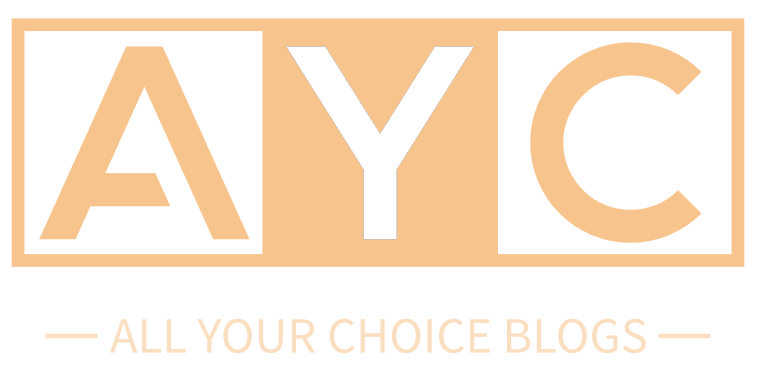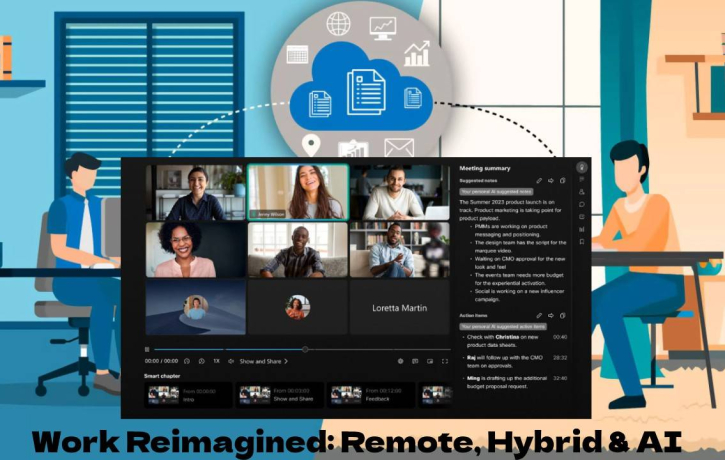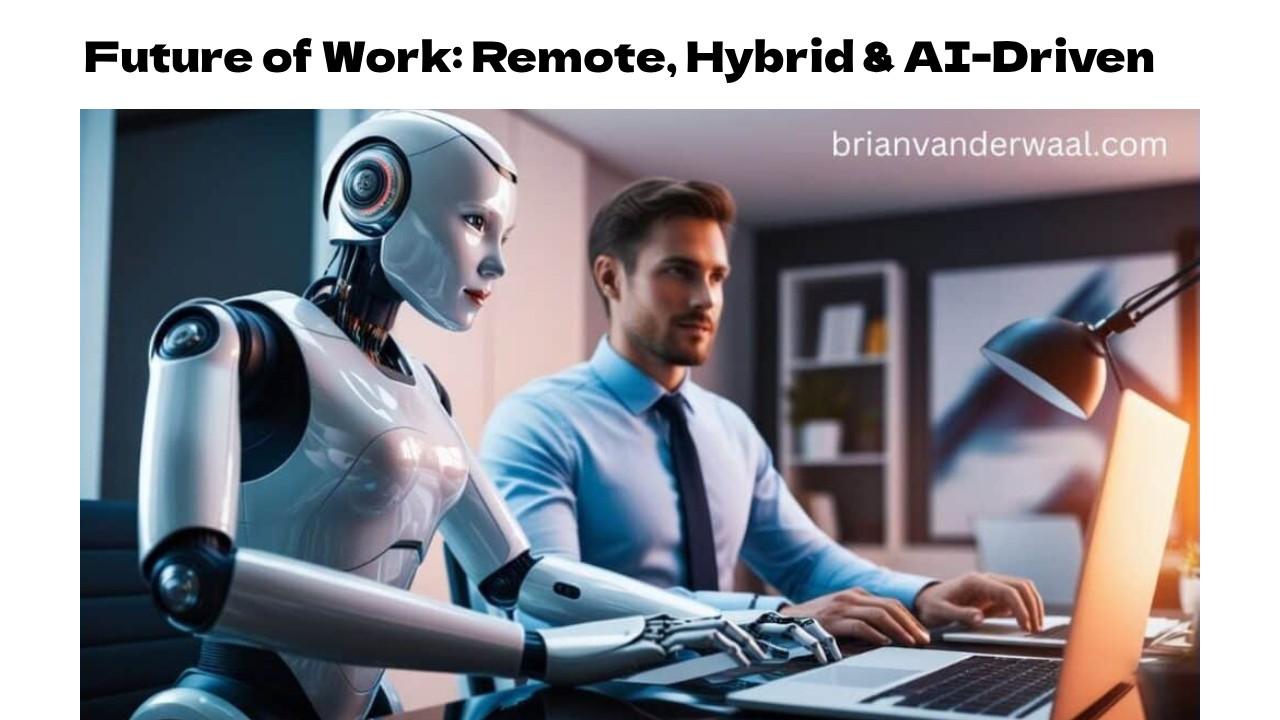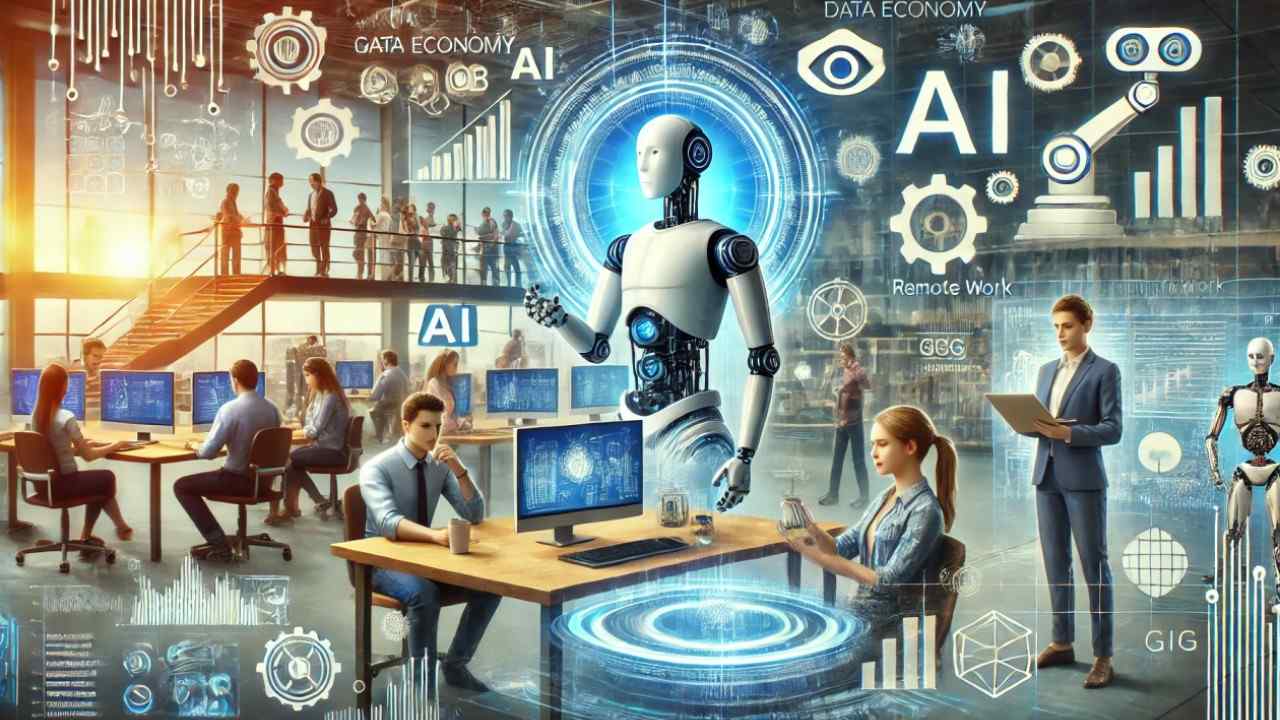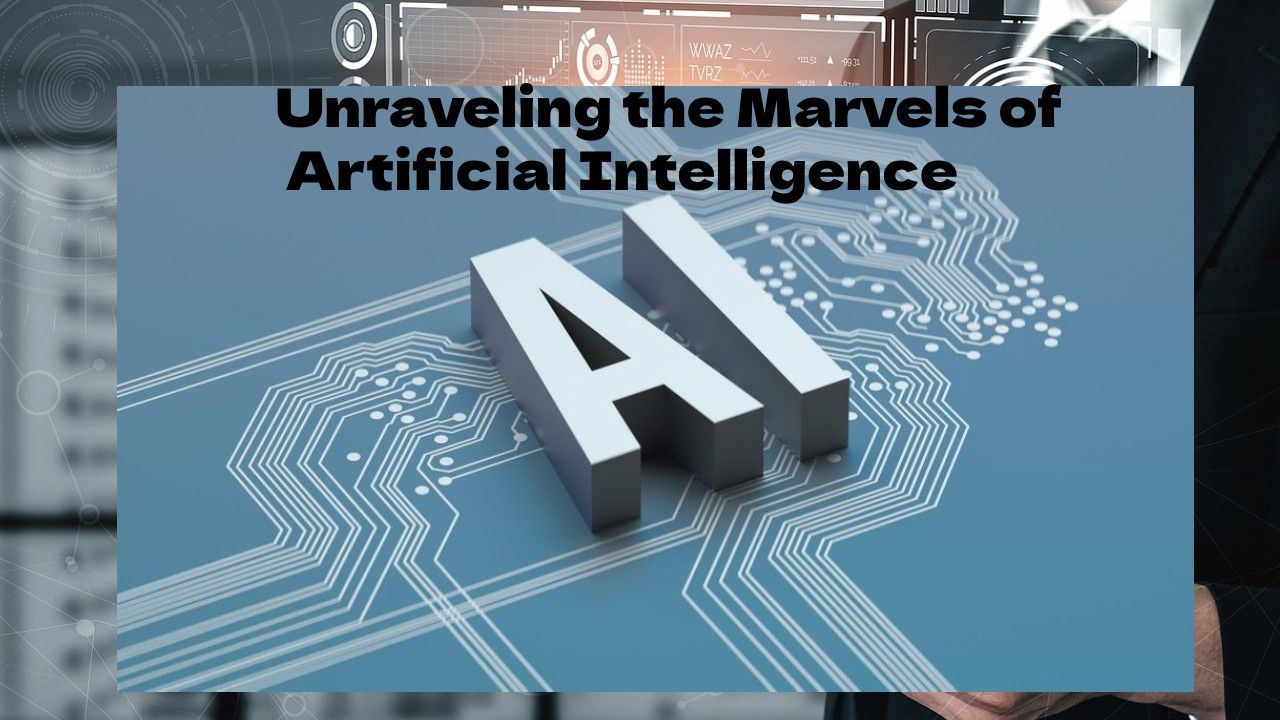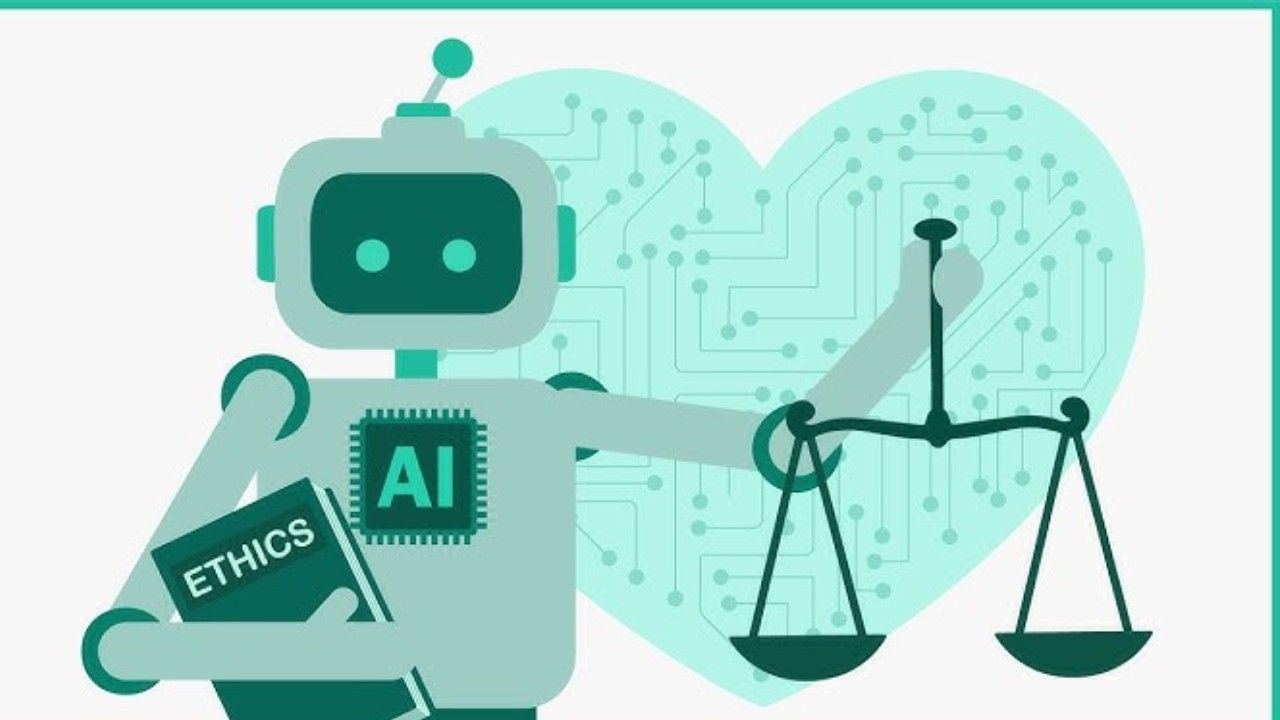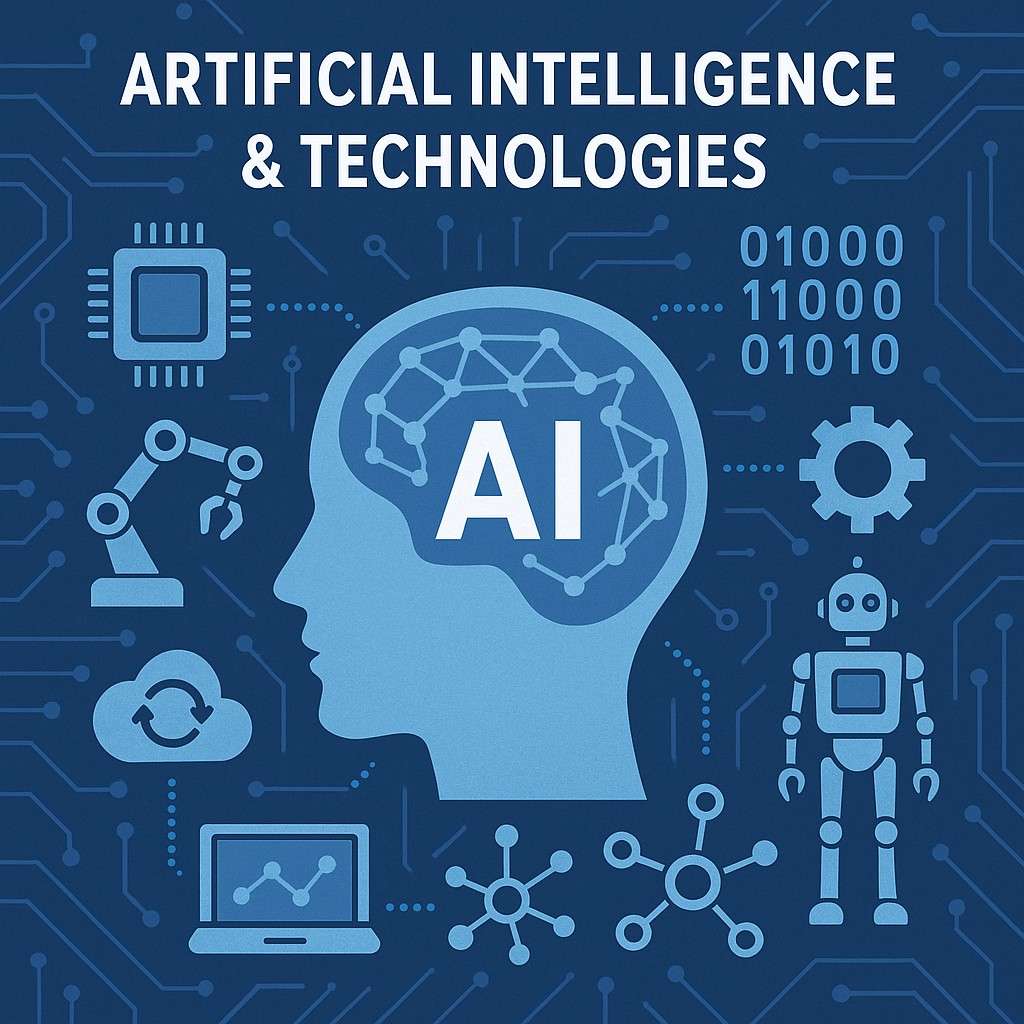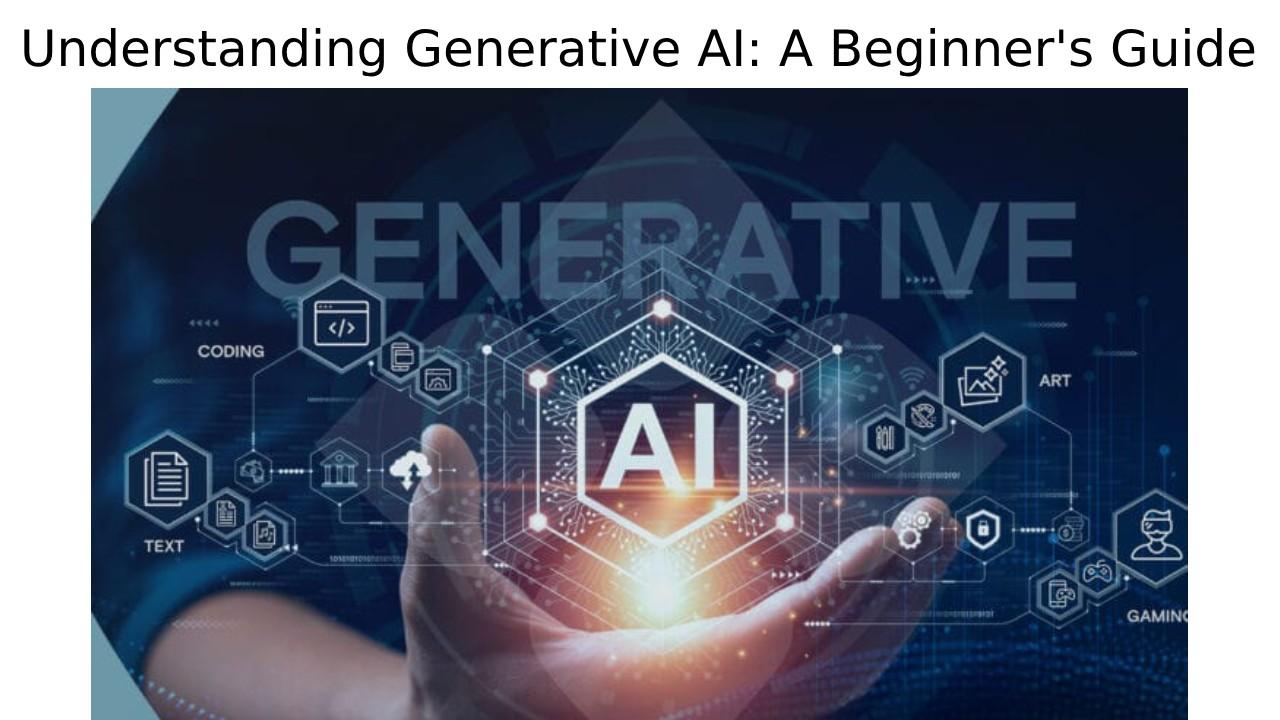The Future of Work: Remote, Hybrid, and AI-Powered
Work Reimagined: Remote, Hybrid & AI. The landscape of work is undergoing a historic transformation. The global pandemic acted as a catalyst, accelerating the shift from traditional office setups to more flexible work models. As we move deeper into the digital age, three dominant forces reshape how and where we work: remote work, hybrid models, and artificial intelligence (AI).
The Rise of Remote Work
Work Reimagined: Remote, Hybrid & AI. Once considered a perk, remote work has now become a cornerstone of the modern workforce. Employees have shown they can remain productive—and in many cases, more so—when given the flexibility to work from anywhere. This shift has also opened up opportunities for companies to tap into global talent pools, reduce overhead costs, and boost employee satisfaction.
However, remote work isn’t without its challenges. Teams can suffer from communication gaps, a lack of spontaneous collaboration, and blurred boundaries between personal and professional life. As a result, successful remote work now hinges on robust digital infrastructure, intentional communication strategies, and a culture of trust and accountability.
The Hybrid Model: Balancing Flexibility and Connection
Work Reimagined: Remote, Hybrid & AI. To address the limitations of fully remote work, many organizations are adopting hybrid models—a blend of remote and in-office work. This approach aims to provide the best of both worlds: the flexibility of working from home with the collaborative energy of in-person interaction.
Hybrid work models vary greatly: some mandate specific days in the office, while others allow employees to choose. Success in this space depends on clear policies, equitable treatment of remote and in-office employees, and the use of smart scheduling and collaboration tools.
Hybrid work also calls for redesigned office spaces that foster collaboration rather than individual task work. Hot-desking, meeting pods, and shared spaces are becoming the norm as businesses rethink what their physical offices should be.
AI: The Silent Revolution
Artificial intelligence is rapidly becoming the third pillar of the future of work. From automating routine tasks to enabling data-driven decisions, AI is augmenting human capabilities across industries.
In remote and hybrid settings, AI is already making a significant impact:
-
Smart scheduling assistants that optimize meetings across time zones.
-
AI-driven chatbots that support HR and IT functions.
-
Productivity tools that analyze work habits and suggest improvements.
-
Virtual collaboration platforms are enhanced with AI transcription and summarization features.
Yet, as AI takes on more roles, questions about ethics, job displacement, and data privacy arise. The challenge for leaders is to integrate AI in a way that enhances human work, not replaces it, by reskilling workers, maintaining transparency, and putting ethical guidelines in place.
The Road Ahead
“Work” is no longer confined to a place or a 9-to-5 schedule. It is a dynamic, evolving concept shaped by technology, culture, and individual preferences. Organizations that thrive in this new era will be those that embrace flexibility, prioritize human connection, and use AI to unlock new possibilities, not just efficiencies.
The future of work isn’t just about where we work—it’s about how we work together, supported by tools that make us smarter and systems that make us feel connected.
